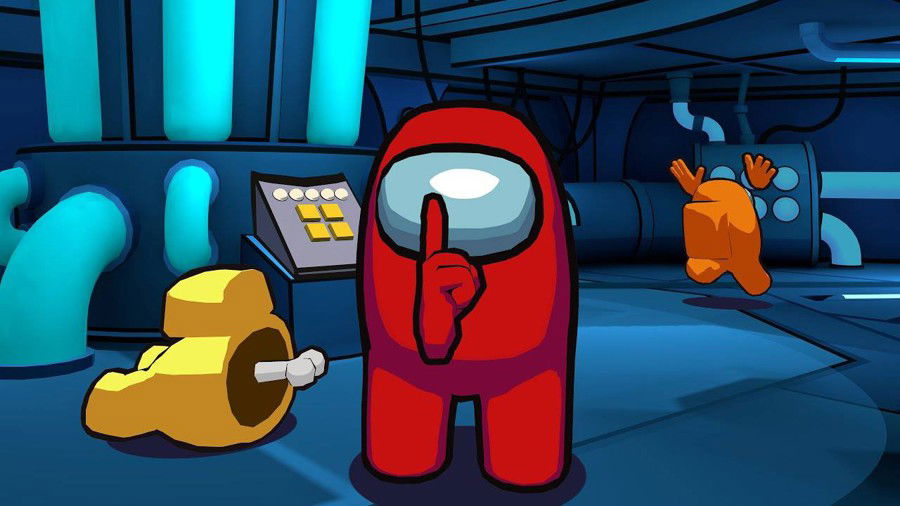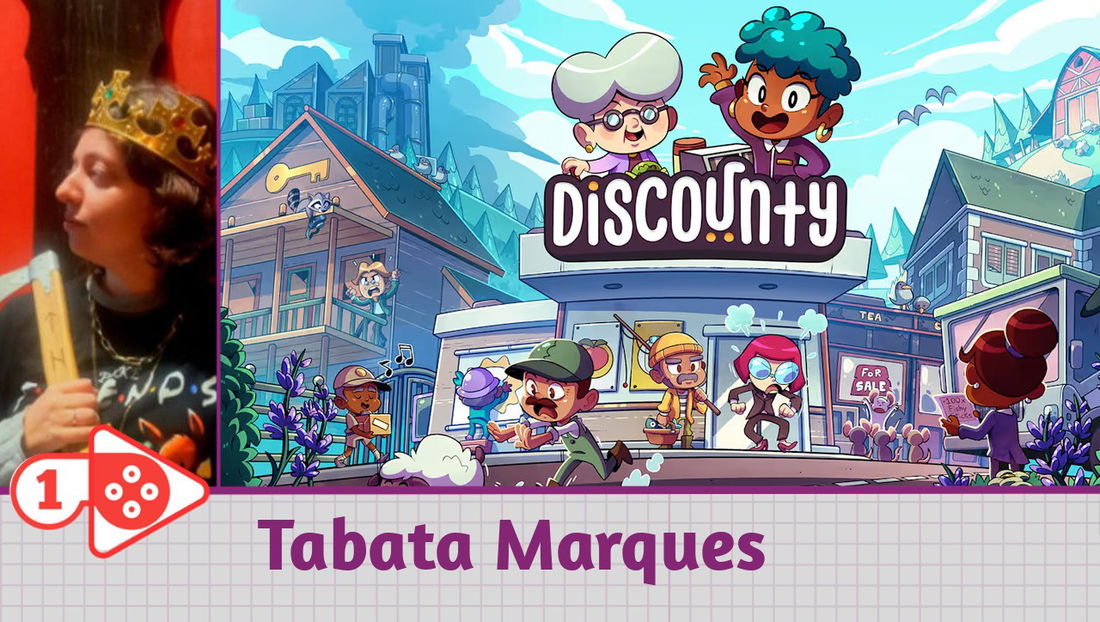Have you ever played or at least heard of Among Us? It’s almost impossible not to have seen the little crewmates from the game originally released by Innersloth, which quickly became a global phenomenon, especially during the COVID-19 pandemic.
It’s an online multiplayer social deduction game available on platforms like Steam, Android, and iOS. Set aboard a space station, players take on one of two roles: most as Crewmates and some as Impostors.
The Crewmates’ goal is generally to identify and eliminate the Impostors while completing tasks spread across the map, while the Impostors’ goal (often an alien in disguise) is to sabotage the mission and eliminate Crewmates without raising suspicion. With success and updates, new player roles and maps were released, but at its core, it’s basically a digital version of the “Mafia” or “Wink Murder” game you might play at school.
But why did such a simple game become such a massive success? How did it go from an unknown and overlooked Steam release in 2018 to a worldwide sensation? Let’s discuss the main factors behind the huge success of Among Us, and if you have questions, leave a comment.
Social Factors and Streamer Influence
Among Us’ popularity exploded when famous Twitch streamers and YouTube content creators began playing it live. According to data, streamer Sodapoppin is credited as one of the earliest contributors to making the game go viral. Following him, personalities like CallMeCarson, xQc, Pokimane, Shroud, Ninja, and PewDiePie boosted its reach.
One reason it caught on among streamers is that the game allows matches with up to 10 simultaneous players, encouraging viewers to try joining the same server as their favorite streamer. Imagine being the Impostor, taking out your favorite streamer, and then hearing them shout your name (or curse you) live? That possibility created a snowball effect that fueled Among Us' exponential player growth.

On top of that, the game quickly became an endless source of memes. The ease with which funny situations and inside jokes spread across social media (especially Twitter, TikTok, and Facebook) further expanded the game’s reach, sparking curiosity and continuous engagement within the online community.
Technical and Design Factors
Strategic choices in the design and development of Among Us were also key to its global popularity, alongside crossplay between platforms and strong player interaction.
First, its availability on mobile devices, combined with extremely low system requirements for PC (1 GB RAM, 250 MB of disk space, and compatibility with Windows 7), greatly widened its reach. This accessibility attracted both casual and hardcore gamers, creating a diverse player base.
Then, the ability to play across different platforms removed barriers to interaction. With crossplay, PC and mobile users could join the same matches, providing a unified experience.
In addition, the game’s minimalist aesthetic and cartoon character style make it visually appealing and easy to recognize. The simple interface and short learning curve allow new players to quickly grasp the map, tasks, and deduction strategies without complications. In seconds, you understand how to do tasks, know not to stay alone in a room with someone for too long, or, if you’re the Impostor, that you shouldn’t be seen doing anything suspicious.
Among Us matches are designed to be quick, without complex progression systems like levels or battle passes, letting players jump into a game anytime. This encourages short, repeatable sessions, ideal for both casual downtime and players with limited time.
Psychological and Social Dynamics
The suspenseful atmosphere and rules built around lying and detecting lies make the gameplay more intense. In Among Us, players must pay attention to others’ behavior, observe patterns, and look for clues. This builds feelings of trust and distrust, as well as heated group discussions. These situations encourage critical thinking and fact-checking, making the game engaging and mentally stimulating.

The spaceship setting also plays a role, as it’s directly tied to the in-game tasks like fixing wires or adjusting the ship’s course. This thematic connection makes the gameplay more immersive and easier for players to understand and engage with.
External Factors
Beyond its inherent qualities, external circumstances played a decisive role in Among Us becoming a phenomenon.
The ability to play exclusively with friends, avoiding “trolls” who join only to disrupt the game by creating private rooms and using communication apps like Discord or Zoom strengthened the game’s social appeal. It encouraged groups with common interests to meet and play, especially in the context of COVID-19 lockdowns.
With social distancing and isolation, many turned to online games to stay connected with friends and family. Being simple, accessible, free on mobile devices, lightweight enough to run on almost any hardware, and multiplayer with up to 10 players made it an ideal choice.
The game offered a fun, interactive, long-distance alternative that encouraged laughter, debate, collaboration and betrayal during a time when people craved social connection, delivering a collaborative and immersive experience.
The broader acceptance of simple, easy-to-learn game mechanics among the general public was another important factor. By appealing to both hardcore gamers and occasional players, Among Us broke traditional market barriers and entered the casual gaming space, alongside titles like mobile games. Its low entry barrier and straightforward gameplay were essential for its rapid player base growth.
Among Us Today
In November 2020, Among Us reached around 500 million active players per month, becoming one of that year’s biggest hits. Today, even though its numbers are lower than at its peak, it still boasts millions of active players and a loyal fan base.
On Twitch, Among Us is still streamed regularly. In March 2025, according to Twitch Tracker, it accumulated around 1.67 million hours watched, with a peak of 75,162 concurrent viewers on the 6th. While far from its record of 774,000 in 2020, the number shows a still-present audience.
In February 2025, the game had 20.3 million monthly active users (MAUs) and 2.5 million daily active users (DAUs). That’s an increase from October 2024, when MAUs stood at 17.2 million, according to Udonis Mobile Marketing Agency. By 2024, Among Us had generated about $105 million in revenue, mainly from PC sales and in-app purchases.
The success of Among Us came from a mix of solid design, accessibility, influencer power, and the pandemic context, which drove demand for social online games. It spread rapidly on social media, became a meme, and stood out for working well on both mobile and PC.
So, do you play or have you ever played Among Us? Do you enjoy it? On mobile or PC? Share your thoughts with us in the comments.











— 코멘트 0
, 반응 1
첫 댓글을 남겨보세요